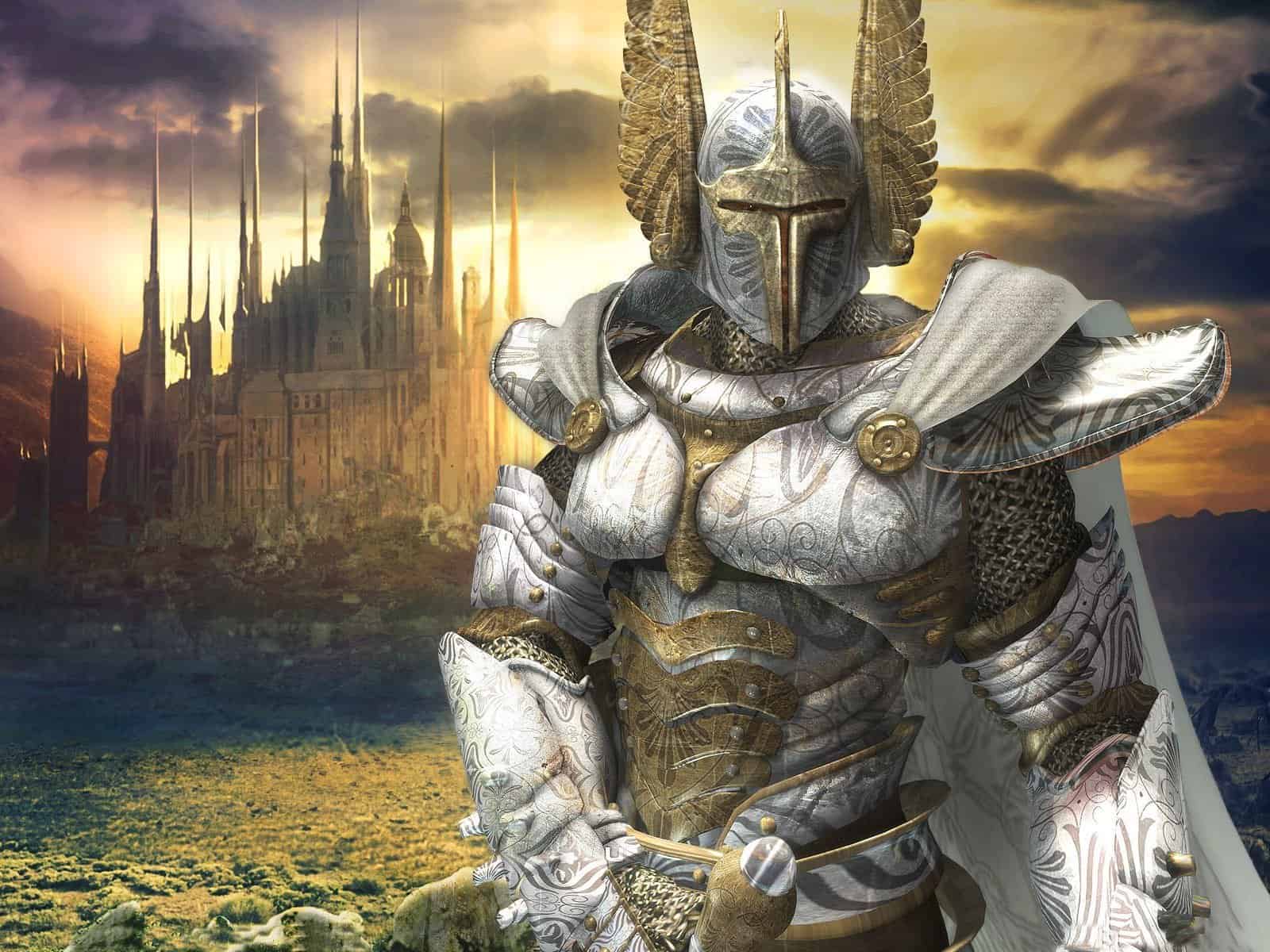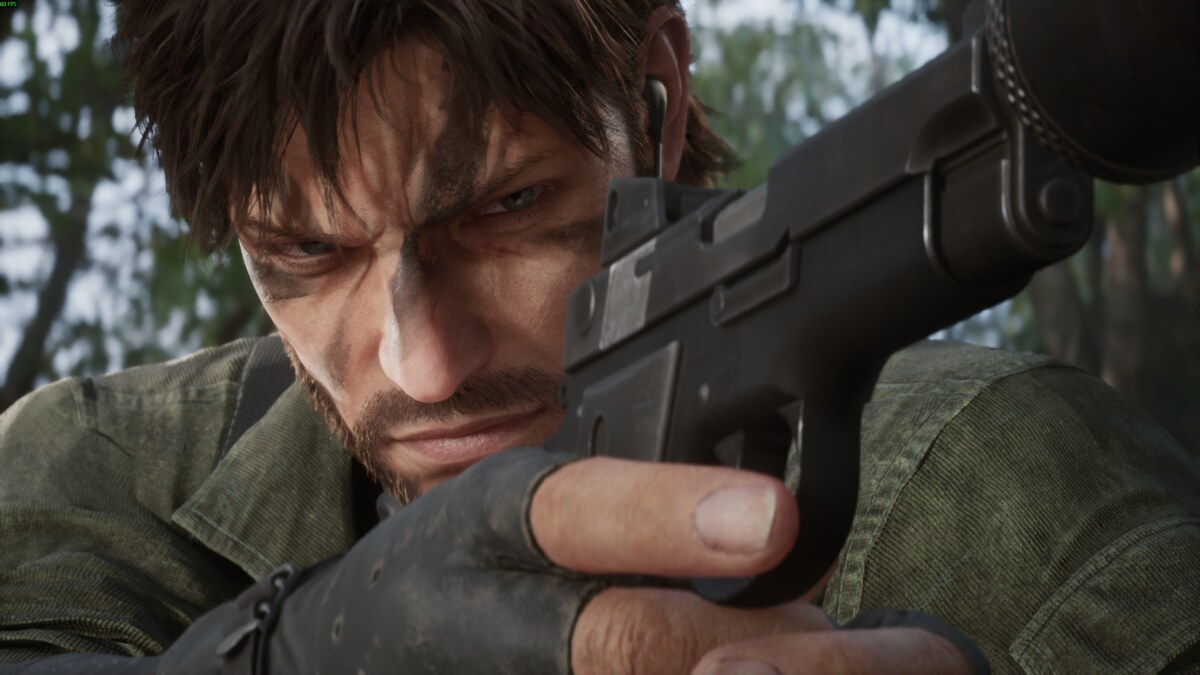You can trust VideoGamer. Our team of gaming experts spend hours testing and reviewing the latest games, to ensure you're reading the most comprehensive guide possible. Rest assured, all imagery and advice is unique and original. Check out how we test and review games here
Fantasy videogame developers must want to shoot Peter Jackson. Until the film adaptations of the Lord of the Rings films came out, most fantasy game enthusiasts were content to put up with substandard graphics and presentation, just so long as the games had depth and character. Since Peter Jackson came along with his visually spectacular recreations of Tolkien’s books, there’s been a readjustment of attitude: now high fantasy can be sexy, too – and this must have worried a few games developers. It’s hard enough creating a turn-based strategy with enough depth to satisfy the average fantasy geek; now they have to make them slick and sexy, too? It sounds like a tall order, yet Heroes of Might and Magic V makes it all look so easy, you can’t help but think, why did we ever put up with all those graphically hideous fantasy games in the first place?
As you can see from the screenshots, Heroes of Might and Magic V is graphically light years ahead of everything else in the turn-based genre and is easily on a par with the best looking real-time strategy games, such as Dawn of War. In fact, it’s hard to fault the presentation at all, as the sound effects and musical score are also excellent. If forced to pick nits, some of the voice work perhaps lacks a little conviction and timing, plus you will find the odd misspelling in the subtitles if you look hard enough; but these are very minor aberrations and won’t impact at all on your enjoyment of the game.
If you’re a veteran of the Heroes of Might and Magic series, the structure of the game should hold few surprises. The single-player game is comprised of thirty missions in six separate campaigns of five missions each. The individual stories of each campaign link together to form a greater whole, with the conclusion of each campaign forming the starting point of the next (in terms of narrative). Each campaign follows the travails of one of the six factions in the game world, starting out with the Haven faction (a nation where the leaders are heroic Knights) and concluding with the Academy faction (a magical meritocracy, where the most powerful wizards rule). I won’t go into the storyline for fear of spoilers, but rest assured that the narrative holds together nicely throughout the whole campaign and that the standard of characterisation for the campaign protagonists is pleasingly high. Also be prepared for a couple of breaks from fantasy convention with the portrayal of some of the main characters – the rebellious Demon Lord Agrael being one of my favourites.
Pace is varied nicely throughout the campaigns, with the first couple of missions typically focussing on combat rather than town management and lasting only a couple of hours. The latter episodes in the campaigns are much more epic affairs, taking place on larger maps, with subterranean dungeons thrown in for good measure, which may take anything up to eight hours to conquer. So with 30 missions in the single-player campaigns, averaging around four hours each to complete, you’re looking at well over 100 hours’ worth of gameplay for your money; and that’s before you even factor in the extensive multiplayer options and the standalone single scenario missions. That’s a heck of a lot of game…
Even better, there’s a consistent level of quality to go with the quantity. The game builds on the experience you get through playing the game, ramping up the difficulty level to ensure that it provides a challenge. Shifting the focus of the game’s narrative from one faction to another also helps keep things fresh and allows you to adopt new tactics according to the strengths of your units. Whilst the units of each faction are roughly equivalent in terms of damage potential and combat abilities (i.e. having some melee specialists, spell casters or ranged combat abilities), there are subtle differences between the units of each faction, which can be exploited. For example, the demonic succubi are unique in that they can perform retaliatory strikes against units using ranged attacks against them; the Academy faction’s Gremlins can repair siege machinery, such as ballista and catapults, and Sylvan Treants entangle units with immobilising roots.
Learning the nuances of each unit adds a lot of depth to the combat, though thanks to the relatively limited number of troop types and the high frequency of combat engagements, you will discover the best methods of using them quite quickly. Couple this with a slight lack of imagination on the part of the AI, and you may find that combat becomes slightly repetitive as you fall back on tried and trusted techniques to wipe out the enemy in a ruthless manner that will minimise your casualties. Morale and luck add in random factors to help spice up the combat, as troops with bad morale will lose initiative and act less frequently in combat. Morale can be affected both positively and negatively. Moving troops into a position that dominates the battlefield may boost morale, whilst troops from a faction not belonging to that of the hero leading the army (say Sylvan troops recruited into the army of a Demon Lord) may lose morale if asked to fight troops from their own faction.
As the game’s title implies, the story revolves around the heroes of the world of Ashan. Each faction has one main protagonist, but as the campaigns progress and you govern towns, other hero characters may be recruited for the duration of the mission to take command of armies, which you may choose to use to aid in the exploration of the map, or to garrison your cities. Heroes are the most powerful units in the game, as they can not only engage in combat, but also cast spells that can buff their own troops or inflict damage on the enemy. As heroes gain experience and levels, they may choose skills and abilities, some of which are standard, and others which are particular to their faction and hero class. Demon Lords, for example, may gain skills that allow their troops to “gate” allies from the infernal plane into a battle as reinforcements, whilst Academy Wizards may have the ability to conjure elementals to bolster their force. Getting the best out of your heroes is one of the keys to success, and learning how to deal with the heroes recruited by the opposing faction is equally important.
Like most strategy games, Heroes of Might and Magic V rewards the bold, early striking commander, though there are times when you’ll have no choice but to bide your time and build up an army large enough to achieve your ultimate objective. If you’re a player with a completist bent, who can’t bear to leave a level with a single pixel of the map obscured by the fog of war, or without a single artefact uncollected, prepare for a long haul. Artefacts and resource buildings are usually heavily guarded, so if you don’t go for them early in a mission, the numbers of defenders will have multiplied considerably by the time you get around to them, requiring you take a much stronger army. Whilst the management of cities is kept relatively simple, there is a heavy restriction on the number of troops you may recruit per week, so if you want a massive army for your hero, the game will make you wait for it. The game also has an interesting method of ensuring that combat doesn’t turn into tedious marathons. Whilst there is theoretically no limit on the number of troops you may have in an army, by limiting the number of unit slots a hero can have in their army to seven, this means that even if they command over 2000 troops (which will take literally hours to build up), battles are still slick and swift. This encourages the player to use smaller armies and take more risks when exploring the map – especially when there is a gold mine or a stat-boosting Dragon Tooth Crown at stake.
The only really contentious aspect of Heroes of Might and Magic V is what might be seen as a dumbing down of game content by the fantasy turn-based hardcore. Thanks to its stunning presentation, this is a game that has a seductive atmosphere that will appeal to gamers with only a passing interest in the fantasy genre and is undoubtedly the most accessible turn-based strategy on the PC for years. This comes at the price of a streamlining of the city management model and combat that places more of an emphasis on spectacle than tactical depth, but for the vast majority of gamers that don’t have the patience for hideously complicated turn-based strategies, this is probably a good thing. Heroes of Might and Magic V takes the Graphics versus Gameplay debate to whole new levels: whilst not having the level of complexity of games like Age of Wonders II, it still has sufficient depth to be interesting in the long-term whilst having the graphical cutting edge to provide a short-term wow factor.
If this is the future of turn-based strategy games, bring it on.
/https://oimg.videogamer.com/images/9aba/heroes_of_might__magic_v_41.jpg)
/https://oimg.videogamer.com/images/eb6d/heroes_of_might__magic_v_5.jpg)






